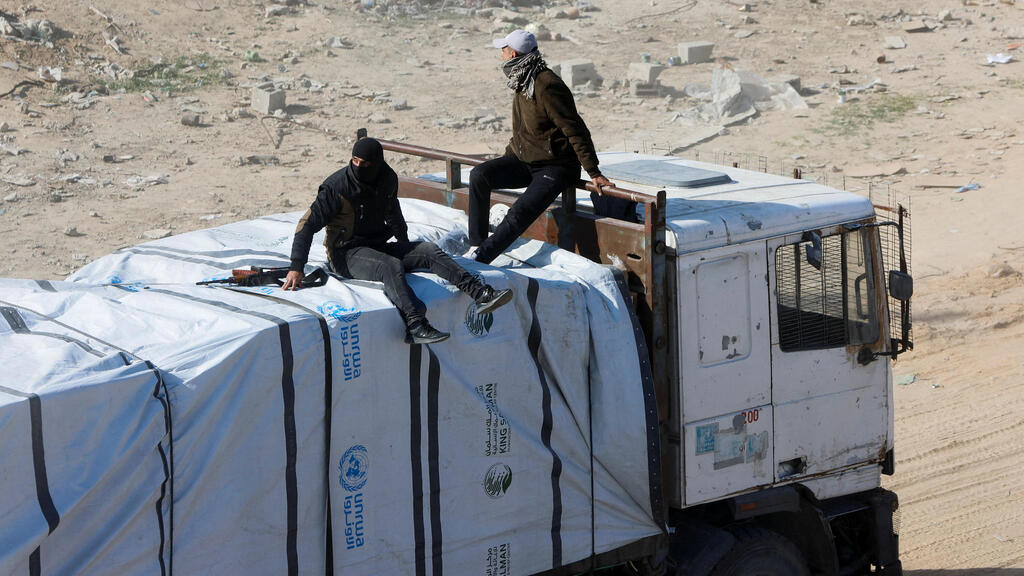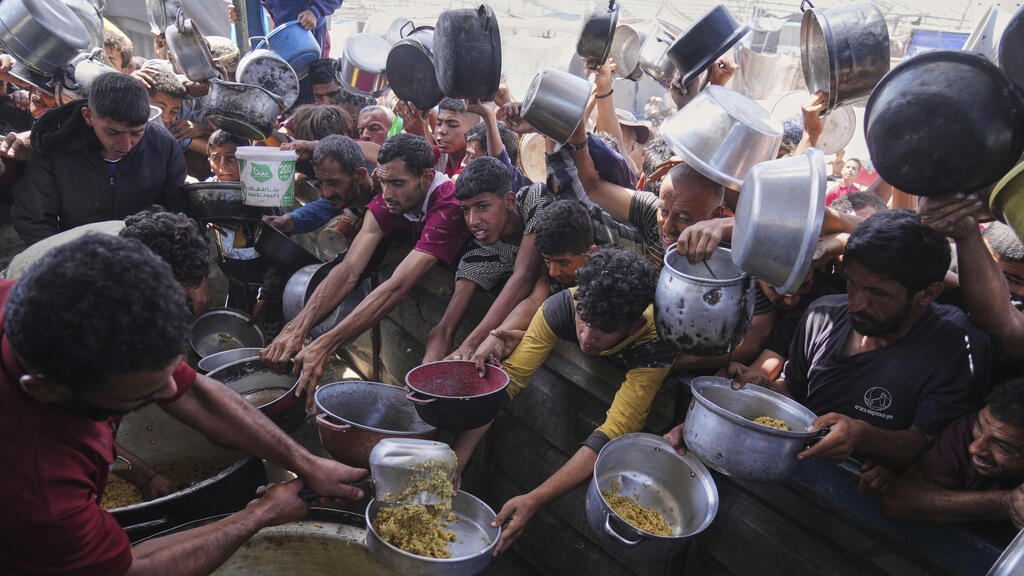Shintraco, an Israeli wheat importer owned by Shalom Hatuka and one of the country’s largest food wholesalers, with annual sales exceeding NIS 1 billion, will supply 7,000 tons of wheat as part of humanitarian aid to Gaza.
According to the company, the order came from the United Nations World Food Programme (WFP), which purchased 7,000 tons of Russian-imported wheat from Shintraco. As far as is known, this is the only wheat shipment purchased so far for humanitarian aid to Gaza.
While the WFP originally requested 11,500 tons, the Israeli company was only able to provide a smaller amount at this stage. The value of the deal, at $320 per ton, is estimated at $2.24 million. The wheat is currently stored in the importer’s warehouse, pending approval for entry into Gaza.\
According to Hatuka, the supply of other food products—such as sugar, legumes, oil, and flour—is being handled by an American company called SRS, which is seeking very large quantities. It remains unclear whether the requested volumes, all sourced from international suppliers, can be delivered due to the urgent need for immediate supply.
Ynet has learned that the aid to Gaza will be distributed in the form of family food packages—similar to those given in Israel to families in need—including staples like oil, flour, sugar, rice, legumes, and a sweet item such as halva. However, importers contacted by SRS say there has been no formal tender. Instead, they received inquiries from various local entities—primarily from Bikurei Sadeh, the wholesale fruit and vegetable distributor owned by brothers Ilan and Shai Shefa. The company, a longstanding IDF supplier, operates a major sorting and packaging facility near Ashkelon and has reportedly begun purchasing food products for the aid effort.
One importer, Eli Hamama, who supplies legumes, said he was contacted by Bikurei Sadeh but noted that “everything currently available in Israel would only last Gaza about ten days.” Ilan Shefa confirmed the contact: “We got a call about the issue, we checked with importers, but nothing official has come through yet.”
Concerns over Hamas seizing aid
Earlier this week, the Israeli government approved the renewed entry of humanitarian aid into Gaza, based on a new system designed to prevent Hamas from gaining access to the supplies. In the coming days, however, aid will continue to be delivered under the existing mechanism—via trucks entering through the Kerem Shalom crossing, with distribution handled by the UN and aid organizations. In the past, Hamas has reportedly been able to take control of such shipments, resell them, and distribute them to its operatives. The UN maintains there is no conclusive evidence of this.
Get the Ynetnews app on your smartphone: Google Play: https://bit.ly/4eJ37pE | Apple App Store: https://bit.ly/3ZL7iNv
According to the Israeli government, this existing system will be used only in a limited capacity and is expected to end by May 24, when a new mechanism will be implemented. Finance Minister Bezalel Smotrich described the interim arrangement as “the bare minimum—food and medicine, pita and something to eat from a plate.”
During the interim period, the Israeli Coordinator of Government Activities in the Territories (COGAT) will work with companies unaffiliated with Hamas, mainly based in the UAE and Jordan—as part of an emergency plan. However, there are no guarantees that Hamas won’t manage to divert some of the aid.
What is the new system?
The new American-led humanitarian initiative is called the Gaza Humanitarian Foundation (GHF). The IDF will establish secure distribution points within Gaza, where civilians can receive aid without Hamas involvement. Israeli officials hope this will cut off what they describe as Hamas’s primary lifeline since the October 7 attacks.
Aid distribution will be handled by trained operatives employed by the U.S. foundation—not the IDF. These operatives are veterans of elite U.S. military units, already present in Israel, and have extensive experience working in conflict zones. Each family package is designed to last one week. The precise locations of the aid distribution sites will be revealed at a later stage to allow for secure construction. As the Israeli military campaign progresses, additional distribution hubs are expected to be opened across the Gaza Strip.



